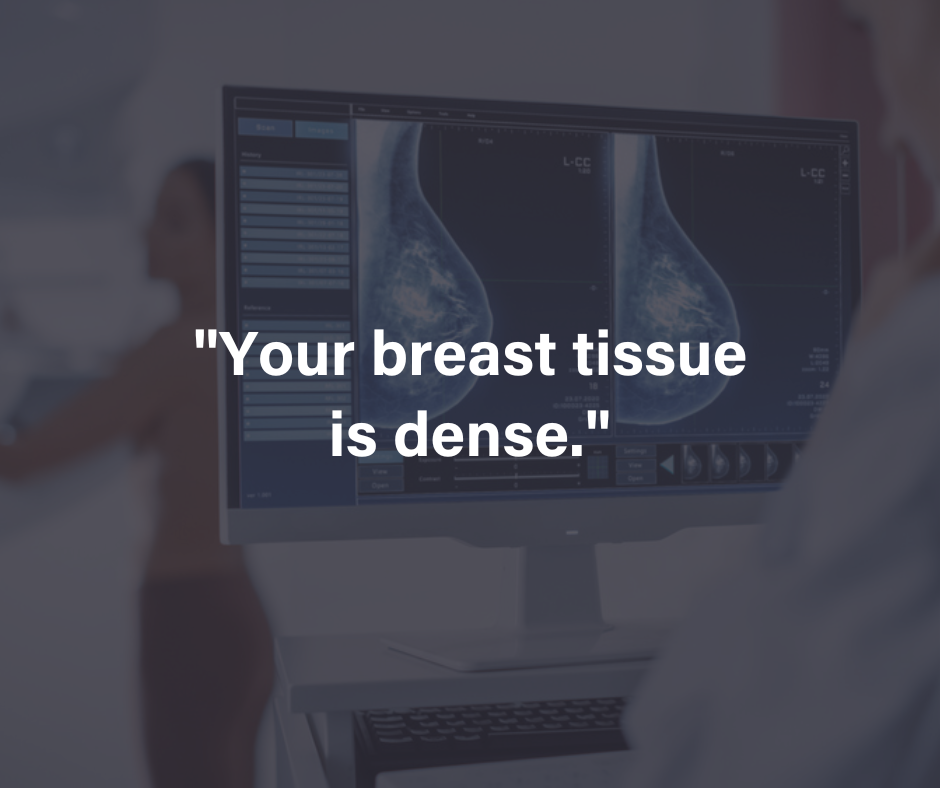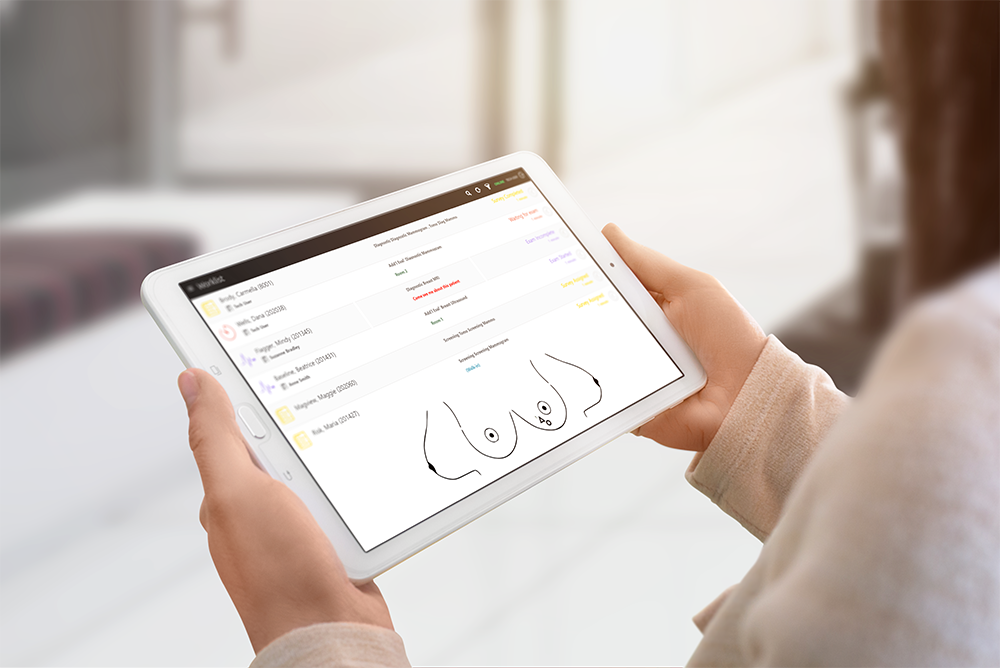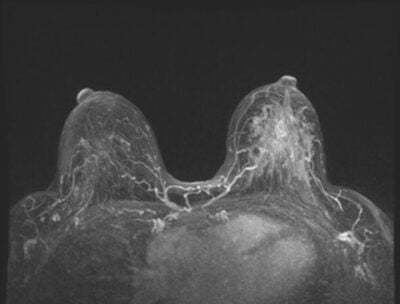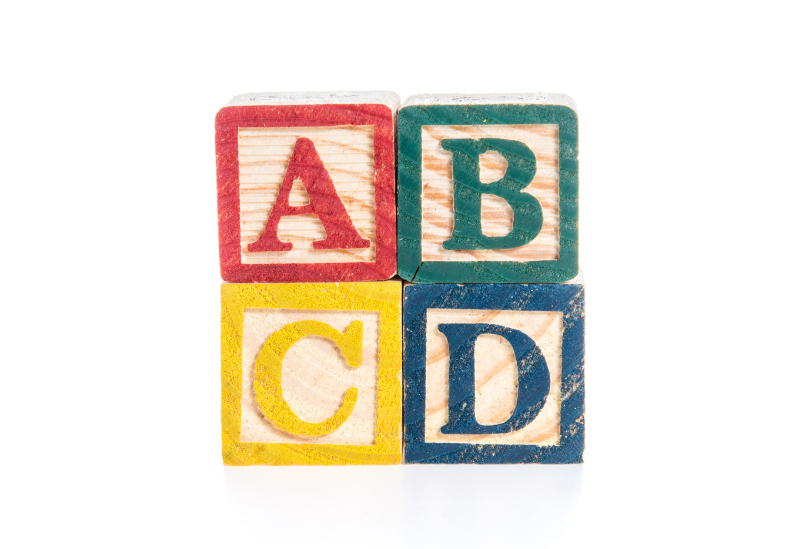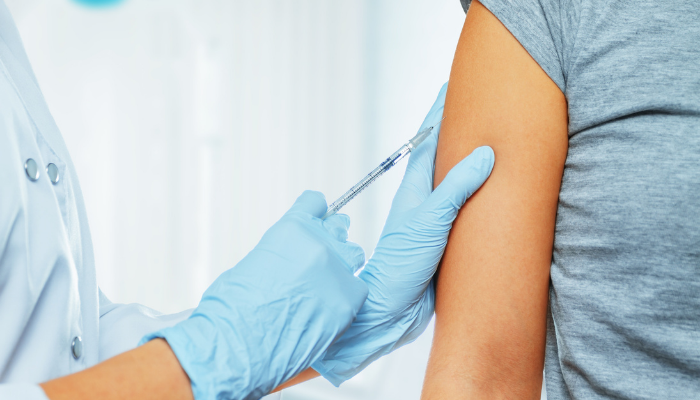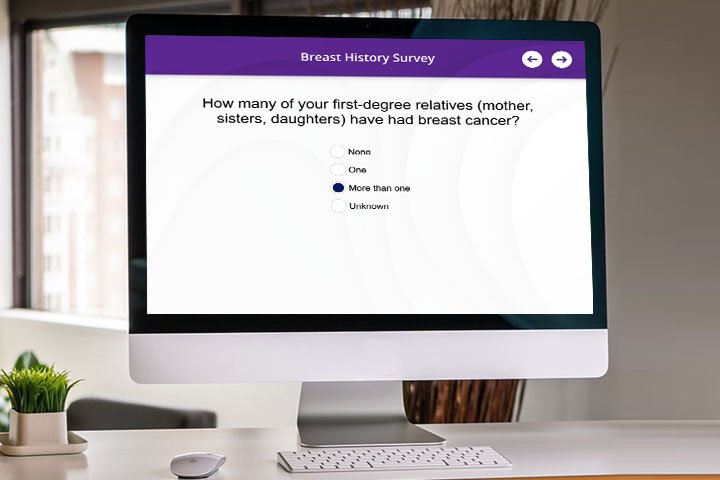There is a lot of information surrounding breast implants. Some of that information is true, and some are just myths. In this article, we’ve collected everything you need to know about breast implants, and we answer some of the most common questions women have about breast implants so you can be more informed on the topic.
You’ll learn everything about breast implants in regard to cancer, surgery recovery, implant removal, breast cancer risks, and mammogram procedures. Read on to learn the truth about breast implants and important facts regarding breast implants for women.
What are breast implants?
According to Wikipedia, “a breast implant is a prosthesis used to change the size, shape, and contour of a person’s breast in reconstructive plastic surgery.”
Women normally choose to undergo breast implant surgery for a number of reasons, including:
- To restore a natural-looking breast as part of a post-mastectomy procedure.
- To correct congenital defects or deformities in the chest.
- To enhance or enlarge the appearance of the breast through breast augmentation surgery.
What are breast implants made of?
There are four general types of breast implants: saline solution, silicone gel, structured, and composite filler. Though, the two types used the most often are saline solution and silicone gel implants.
Saline solution
Saline-filled breast implants are silicone shells filled with sterile salt water (saline). Some might be filled before implantation while others are filled during the operation. Saline implants are generally considered to be a safer solution compared to silicone gel implants.
Silicone gel
Silicone gel-filled implants are silicone shells filled with a plastic gel. They were approved for the first time by the FDA in 2006. While these types of implants pose more of a threat if they leak, many women report that they feel closer to real breasts than saline.
Interesting facts about breast implants
Here are some important facts about breast implants:
- Breast augmentation is the most common type of cosmetic surgery
- In 2017, there were about 47,000 breast implant removal procedures, including augmentation and reconstruction
- In 2018, over 310,000 women and teenagers underwent breast augmentation surgery using either silicone or saline implants
- In 2018, over 100,000 breast cancer patients had breast reconstruction after a mastectomy
- Since 1997, the popularity of breast augmentation has tripled
- Around 46% of women with silicone gel implants and 21% of women with saline implants had to have at least one re-operation within three years
- Around 25% of women with silicone implants and 8% of women with saline implants had them removed
Common questions about breast implants
Here, we’ve provided the answers to the most common questions in regard to breast implants.
When will breast implants feel normal?
For breast implants, there is no specific timeline for recovery, as this looks different for every woman. Most surgeons will estimate the average at being around six weeks for a full recovery, but again, this can be longer for some women.
After a certain amount of time, the implants will drop and will normally reach their final position at around three months post-op.
What is the recovery time for breast implant removal?
The recovery process after breast implant removal is very similar to the recovery process after breast implantation. You will need to wear a surgical bra, take medication to reduce swelling and infection, and you may also have tubes for excess blood and fluid drainage.
The healing period will continue for several weeks post-surgery. It is important to continue to consult with your doctor during this period and attend all necessary follow-up appointments.
Will there be bruising after breast implant surgery?
The body’s natural response to surgical trauma is to bruise and swell. The amount of bruising and swelling the body experiences largely depends on how the individual reacts to the surgery and recovers.
For most, the bruising after getting breast implants will subside in a little over a week or so (7-10 days). However, some bruising can remain for up to a month.
Do breast implants affect mammograms?
Both saline and silicone breast implants can obstruct mammogram images. This can lower the accuracy of the mammogram machine to detect signs of breast cancer. However, there are a few things women can do to make their mammogram more effective:
- Tell the doctor at the appointment that you have breast implants and also make sure the mammogram technician knows, too.
- Find a mammogram facility that has experience with women who have breast implants
- If you notice any subtle changes in your breast, let the doctor know right away
Can I breastfeed with implants?
Many women with breast implants are still able to breastfeed after breast implantation surgery. Normally, the surgery should not affect the parts of the breast responsible for milk production. However, there are a few things to be aware of:
- While this shouldn’t happen, it is possible for nerves, milk ducts, and milk glands to be damaged during breast implant surgery.
- The type of incision made during surgery can affect a woman’s ability to breastfeed in the future. For example, it is recommended that incisions be made under the breast, in the armpit, or in the belly button to reduce the risk of damage to the nerves and milk glands.
- Implants are often placed between the breast tissue and the chest muscle. However, it may be better for breastfeeding purposes if the implant is placed behind both the tissue and the muscle.
Are breast implants linked to cancer?
A study conducted by the National Cancer Institute (NCI) found a 21% increased risk of cancer in women who had breast implants for at least seven years compared to women of the same age.
According to the FDA, breast implants are thought to cause a type of cancer of the immune system called anaplastic large cell lymphoma (ALCL). It is a type of non-Hodgkin’s lymphoma. It is most often found in the scar tissue and fluid near the implant, but it can also spread throughout the body.
Breast implants can make it harder to get an accurate reading from a mammogram, which increases the risk of breast cancer not being detected in its earlier stages.
How long after breast implants can I exercise?
Women are encouraged to take short walks right after surgery to promote circulation in the body and prevent blood clots.
As for more heavy exercise, it’s important to ask what your doctor recommends. Normally after two weeks, patients can start more intense cardio exercises like walking uphill or on a treadmill.
At six weeks, when the patient is completely healed, they can resume their regular exercises.
Are there risks associated with breast implants?
As with any surgery, cosmetic or otherwise, there are always risks involved with these types of procedures. Some of the main risks involved with breast augmentation surgery include:
- Infection – Though rare, infection is a possibility after getting breast implants. If the body is not responding to antibiotic treatment, then the implants have to be removed and the implant can be replaced after the wound heals.
- Bleeding – Sometimes bleeding can happen inside the implant pocket. In cases like this, the implant has to be removed, the blood drained and the pocket sterilized, and the implant replaced after.
- Asymmetry – Sometimes the implant can slip out of the position where it was originally placed, which nearly always calls for surgical repair
- Calcification – This typically happens several years after the implant has been placed. What happens is the scar tissue around the implant hardens and calcifies
- Leakage – All implants at some point rupture and leak into the body. This is why women with implants must go in for regular MRIs to detect any leakage of the implant. While saline implants are considered somewhat safe, silicone is considered to be dangerous when it leaks into the body.
Mastectomy and breast implants
A mastectomy is a surgery where a woman’s entire breast is removed to either prevent or treat breast cancer. Most women have the option to rebuild their breasts following the surgery.
When women choose to have their breasts rebuilt, they often go with silicone or saline implants, autologous (fat) tissues from elsewhere in the body, or a combination of both.
This type of surgery can happen in conjunction with a mastectomy, or later once the incisions have healed and the breast cancer treatment is complete.
Getting a mammogram with breast implants
Women should still go in for their annual mammograms if they have breast implants. The mammogram screening will work a bit differently than with breasts without implants.
The X-ray technologist will rely on ‘implant displacement’ views to see the breast tissue behind the implant. This entails taking eight breast pictures with the mammogram instead of the usual four. The technician will also have to push the implant against the chest wall and bring the breast tissue forward, which can be more painful than your typical mammogram without implants.
We hope this post on everything about breast implants has enlightened you and can help you make a more informed decision on whether or not to undergo breast augmentation surgery. Getting your mammogram while having breast implants can be a little nerve-wracking, but knowing what to expect and which precautions to take will make the process much safer.
Magview is a top choice in Mammography Information Systems and can make the mammogram process for patients with implants more efficient. Find out more about our services and the MagView difference.


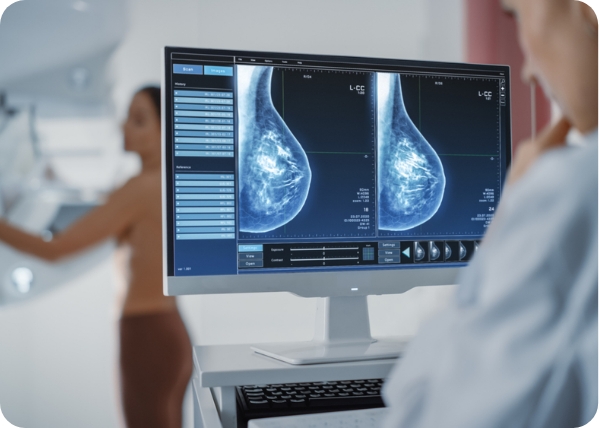

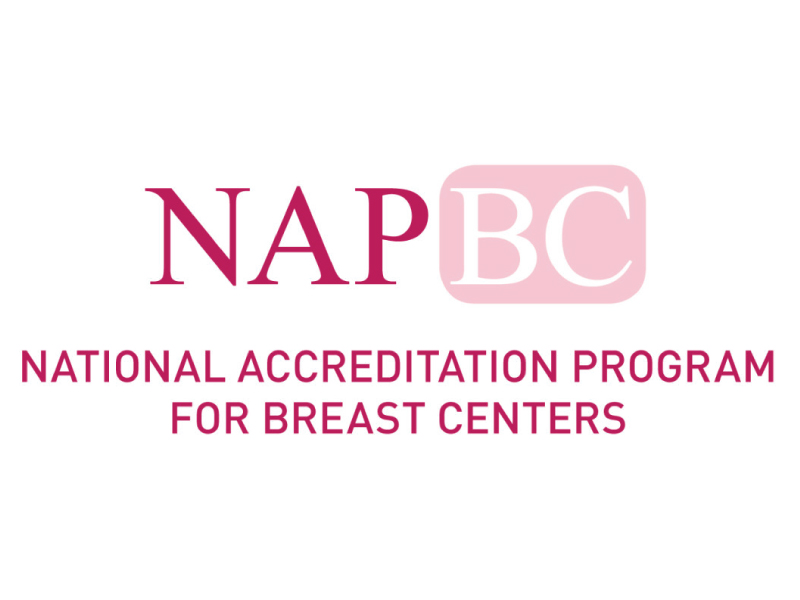
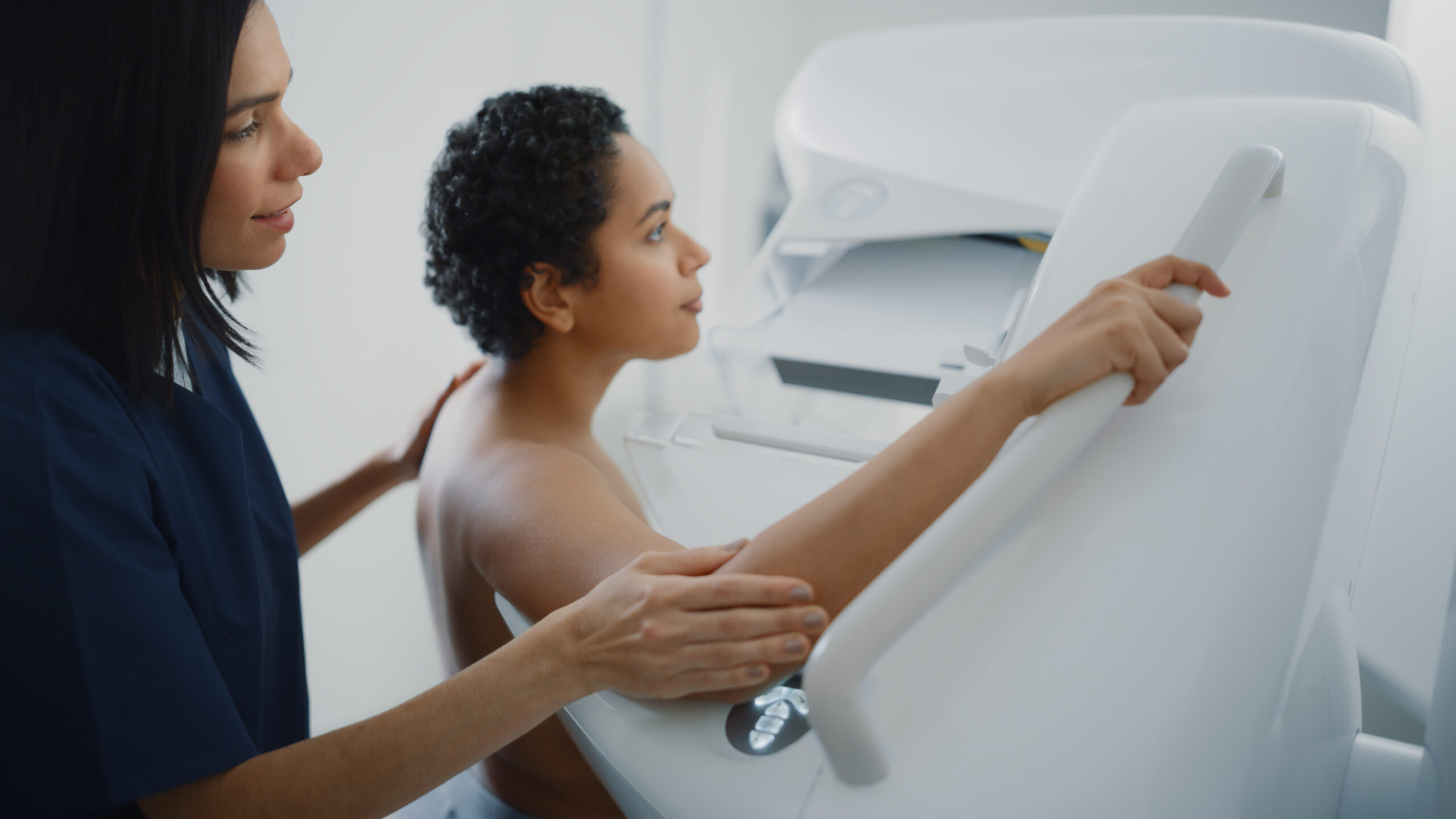
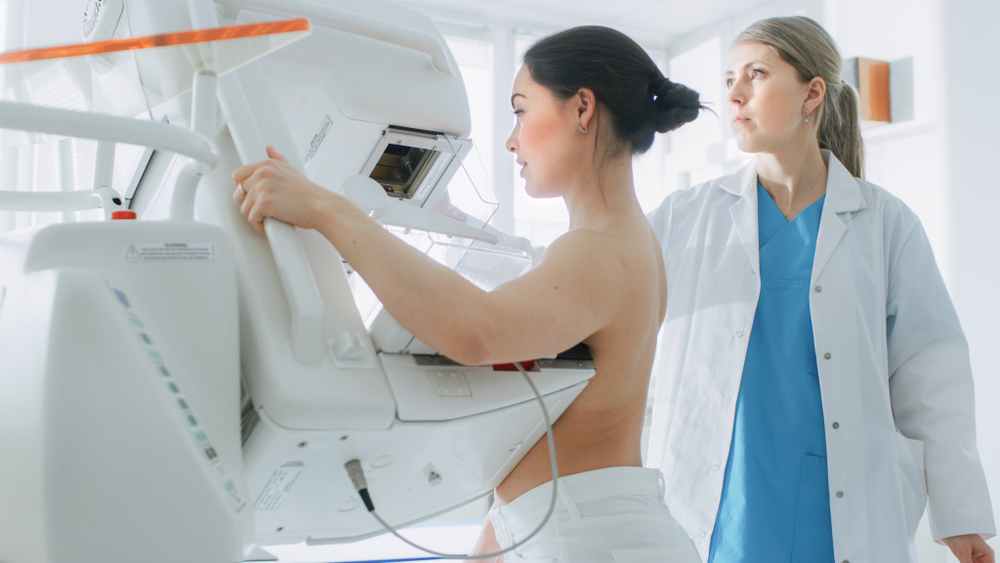
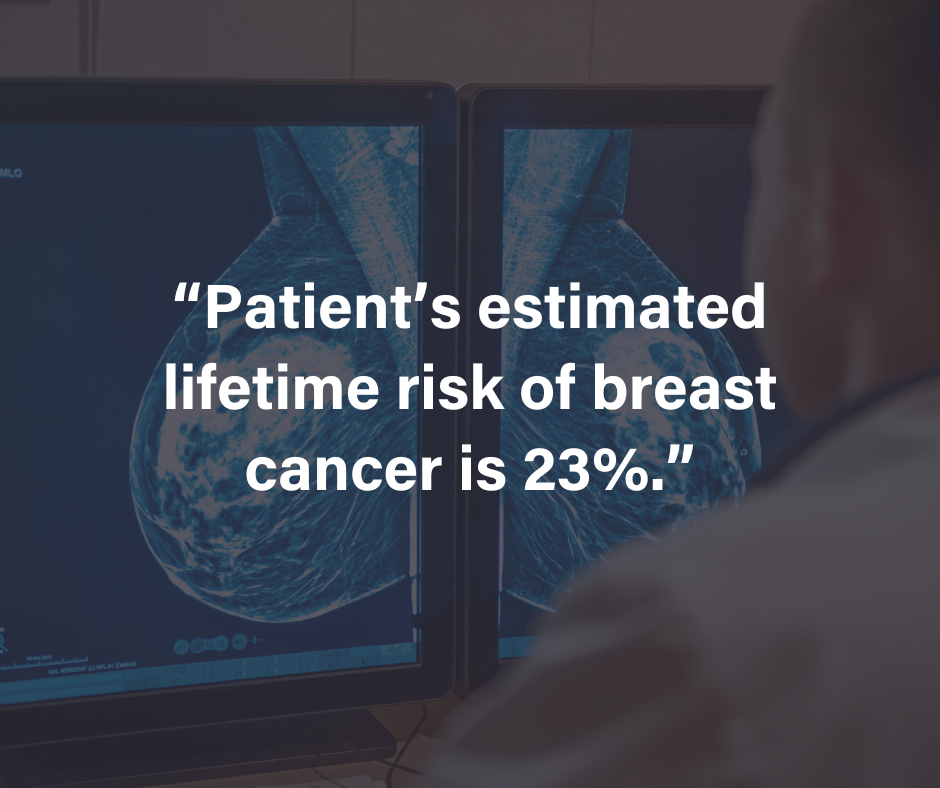
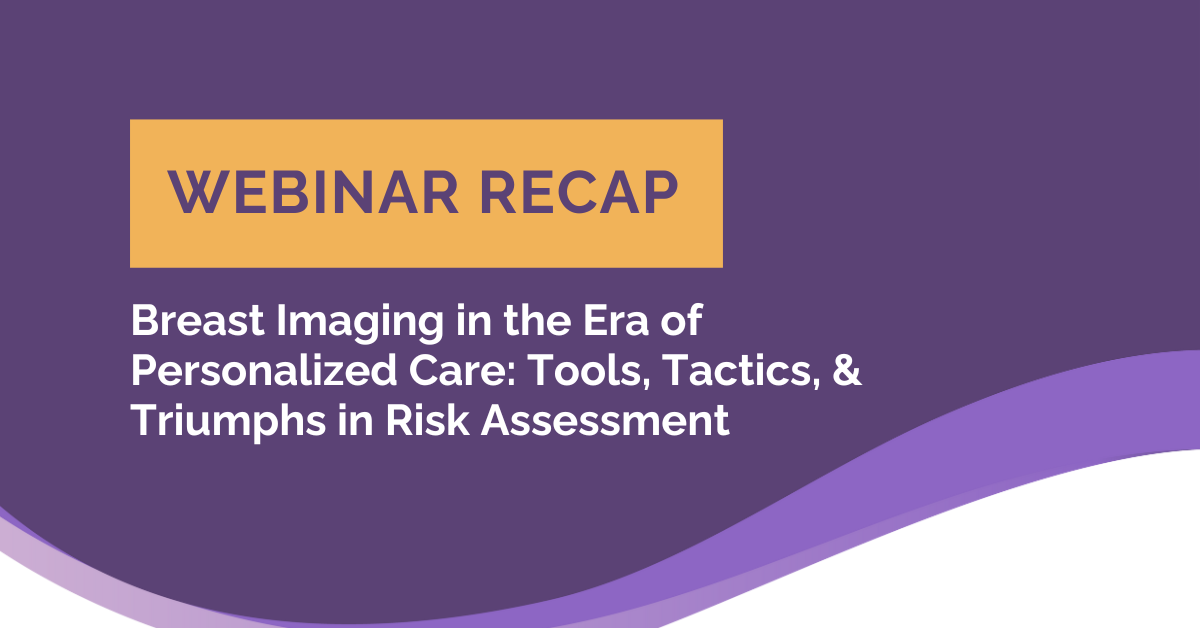






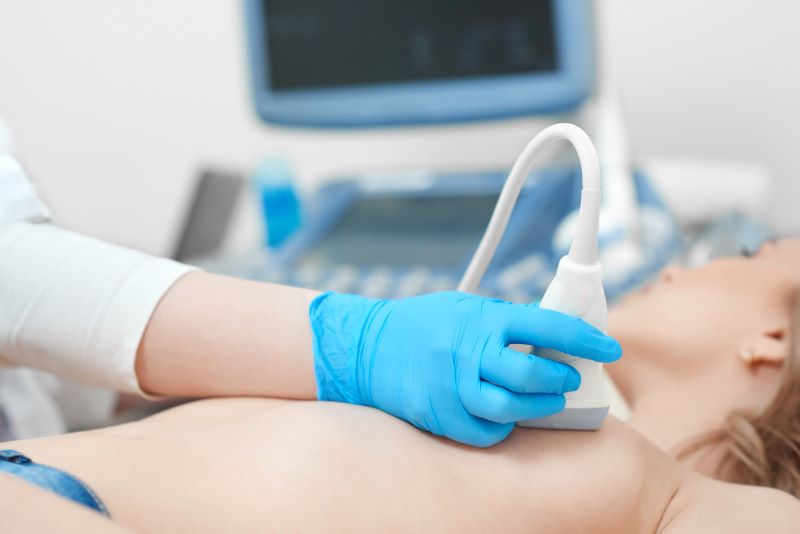
![monitoring breast density shutterstock_1299510538-[Converted]](https://magview.com/wp-content/uploads/2023/05/shutterstock_1299510538-Converted.jpg)

